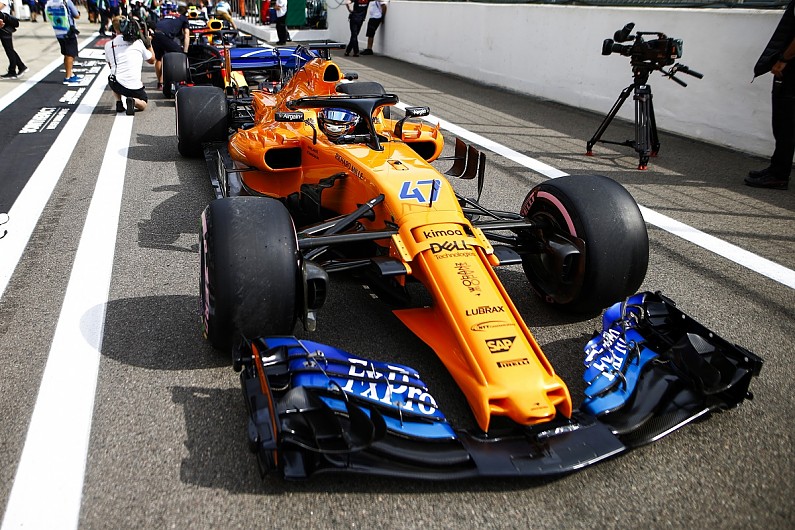Get unlimited access
You have only 5 articles remaining to view this month.
The FIA has tweaked the way penalties will be applied to Formula 1 grids from 2019, in an attempt to encourage those who have penalties to take part in qualifying.
For 2018, The FIA introduced a rule that put anyone with more than 15 places of power unit grid penalties to the back of the grid.
When more than one driver was affected, the order was determined by the order in which the offence was committed – in other words when the new elements were first used on track.
That led to the sometimes farcical situation of drivers leaving their garages before the start of first practice and parking at the end of the pitlane with their engine switched off to secure a spot bagging on the grid ahead of anyone joining the queue behind them.
To prevent this from happening in 2019, penalised drivers will instead line up on the grid in the order in which they qualified – which will also provide an incentive for them to set competitive times in qualifying instead of making a token appearance in Q1 before saving tyres.
The FIA has also clarified that any driver who is outside the 107% rule and is allowed to start will be placed at the back regardless, behind any drivers with power unit penalties.
Another adjustment to the sporting regulations confirmed at Wednesday’s World Motor Sport Council meeting is to allow unrestricted CFD simulations to be carried out for the development of cars in accordance with the 2021 regulations.
This practice was carried out previously when teams were working to future regulations, and reflects the fact that they will be providing feedback that will help F1 and the FIA shape the 2021 rules.
Other changes include a requirement for teams to ensure fuel-handling procedures are the same for testing as they are at race events.
Since a fire broke out in the Williams garage at the Spanish Grand Prix in 2012, rules have specified precautions such as the use of protective equipment and dry-break couplings, and FIA observers had noticed those procedures have not always been employed in testing.
New rules also state that cars will be kept under yellow flag conditions until they reach the control line after the safety car returns to the pits.
While no overtaking was allowed in such circumstances, green flags had been displayed around the track when the safety car entered the pits, creating a “mixed message” that the FIA has now addressed.
From now on safety car boards will be withdrawn but yellow flags will continue to be shown, and the leaders will see the green lights and green flags only at the line.
Minor adjustments to F1’s technical regulations include a final sign off on bodywork details relating to 2019 front wing changes, while an extra three kilograms has been added to the minimum weight – which increases from 740kg to 743kg.
Although such weight hikes are usually related to specific rule changes, such as the addition of the halo or the move to wider wheels and tyres, in this case teams lobbied the FIA to complain they were struggling to reach the 740kg minimum weight.
